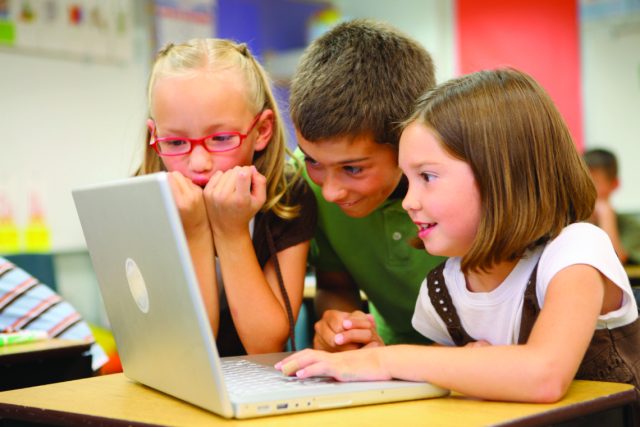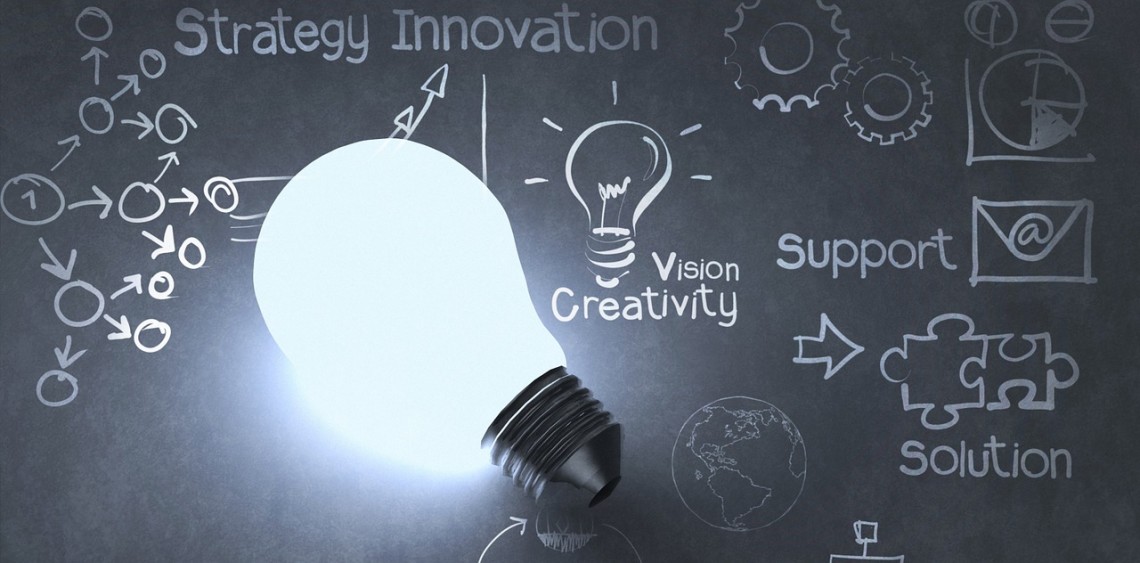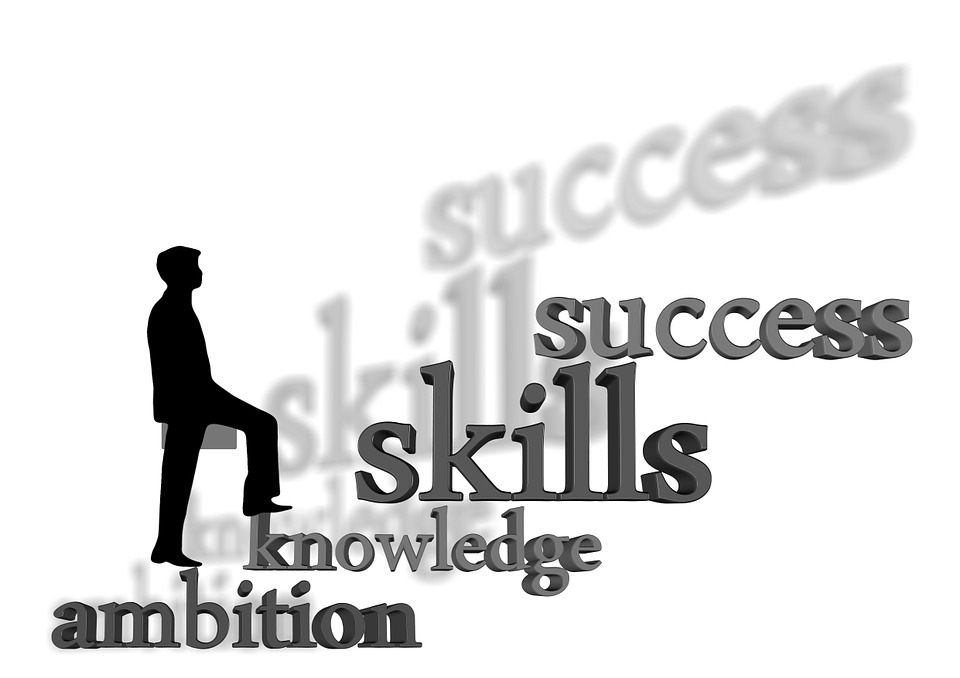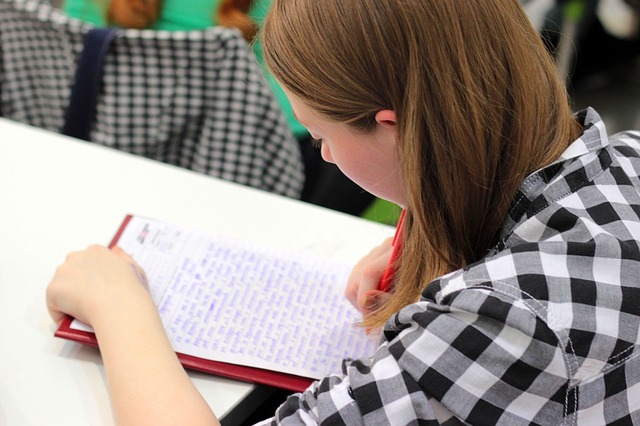Research about how students learn best and what skills are required for the future workforce has meant that 21st century classrooms have been going through many changes. Because of newly-developed best practices, it is now quite common to see teachers provide students with opportunities for self-directed project work, personalized learning, peer teaching, and group work. Teachers have moved far from their traditional role of lecturers and have become coaches, or activators of knowledge. A focus on new literacies, trans-disciplinary studies, design and entrepreneurship have enriched the curriculum beyond the basics. With these elements in place in many schools, a foundation is being built for future trends to continue along these lines.
There are several trends in education which will become more apparent in North American schools in the next decade. Below is the first part in our two-part series about the “Future Trends in Education”, and here we explore new assessment methods, personalized learning, and coding in the classroom.
New Assessment Methods and Personalized Learning

In the future, traditional grades and testing are going to go by the wayside and be replaced with process-based results such as assessment of group work, presentations, and digital portfolios. Vancouver School Board is currently in the process of rolling out changes to its curriculum to make it broader, more flexible and more trans-disciplinary. This of course will affect the assessment methods, and even the requirements to graduate from high school. A more individualized, student-driven focus means that competency attainment will replace credit hour fulfillment. Self-organized learning environments would be implemented in the elementary years and along with that, new assessment methods are necessary to determine level completion or skill attainment.
Technology continues to be utilized in the classroom and is further tailored to each child’s personal learning needs, and this will affect assessment methods. Heightened sophistication in artificial intelligence (AI) software means that facial coding– the ability for a computer to determine what its user needs based on its facial expressions and gestures– will allow computers to personalize learning beyond what is now possible with data analytics. These educational AI devices will easily adapt to students’ individual psychology and to personalize learning efficiently.
Coding in the classroom

In January 2016 it was announced that BC premier Christy Clark is adding coding courses to the core curriculum, beginning in Elementary school, with the hope that all BC students would be exposed to coding basics over the next decade. This act represents a new wave of supplementing the traditional common core with the technological training necessary for our present and future work force. Estonia, the birthplace of Skype, was one of the first countries to teach coding in elementary schools, in 2012. Australia, the UK and Korea all currently have coding worked into their school curriculums.
When children learn coding they not only acquire a technical skill, they also improve their higher order thinking skills. Through coding, kids will be able to identify the quick, logical ways in which a computer solves problems and learn to think in the same way. Learning coding and programming means that kids must create, hypothesize, experiment, evaluate, and draw conclusions either independently or on teams. Although it seems all very abstract, students learn skills which connect directly to tangible results By developing and using technology and processes they are creating artifacts can be seen and used by others. They could make an improvement to an existing program or game, for example.
Make sure to read Future Trends in Education Part Two!



 Skills in demand in the Future
Skills in demand in the Future